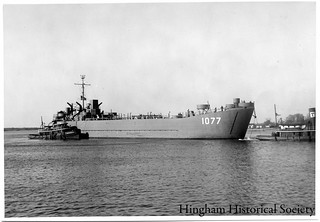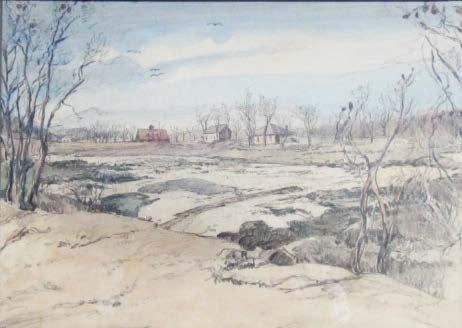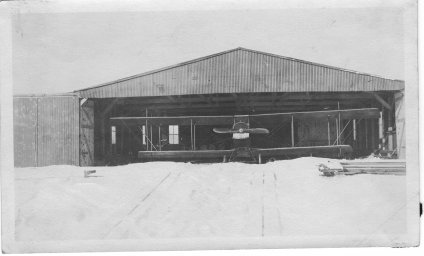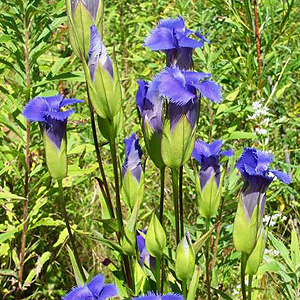In December 1941, the Bethlehem Shipbuilding Company started to build a shipyard on 150 acres of land at Hewitts Cove in Hingham. By June 1942, the first ship, a destroyer escort, was completed and launched from the Bethlehem-Hingham Shipyard. The Shipyard built 132 destroyer escorts before turning to the construction of tank landing ships in 1944.
This photo shows LST-1077, one of the last of the 165 tank landing ships launched from Hingham in 1944 and 1945. It is making its way out to sea–perhaps near Hull Gut–guided by the tug “Venus,” on April 19, 1945.
LST-1077 only arrived in time for the tail end of World War II, entering Pearl Harbor on July 19, 1945 and remaining there until August 29, 1945, when she ferried U.S. troops to Japan for the post-war occupation. In the Korean War, she served the Pacific Fleet from 1950 through 1955. In that year, she was finally given a name—the U.S.S. Park County.
After a substantial refit in 1965, the U.S.S. Park County supported the United States forces in Vietnam from 1966-1971. The Navy sold her to the Mexican government in 1978. Rechristened the A.R.M. Rio Panuco, she served the Mexican Navy as a landing ship.
At the end of her useful days, the Mexican Navy used LST-1077 as a target ship during military exercises. Her final service, then, is as an artificial reef off Mexico, where she provides a habitat for marine life.
Quite a journey, which all started at the Hingham Shipyard.








